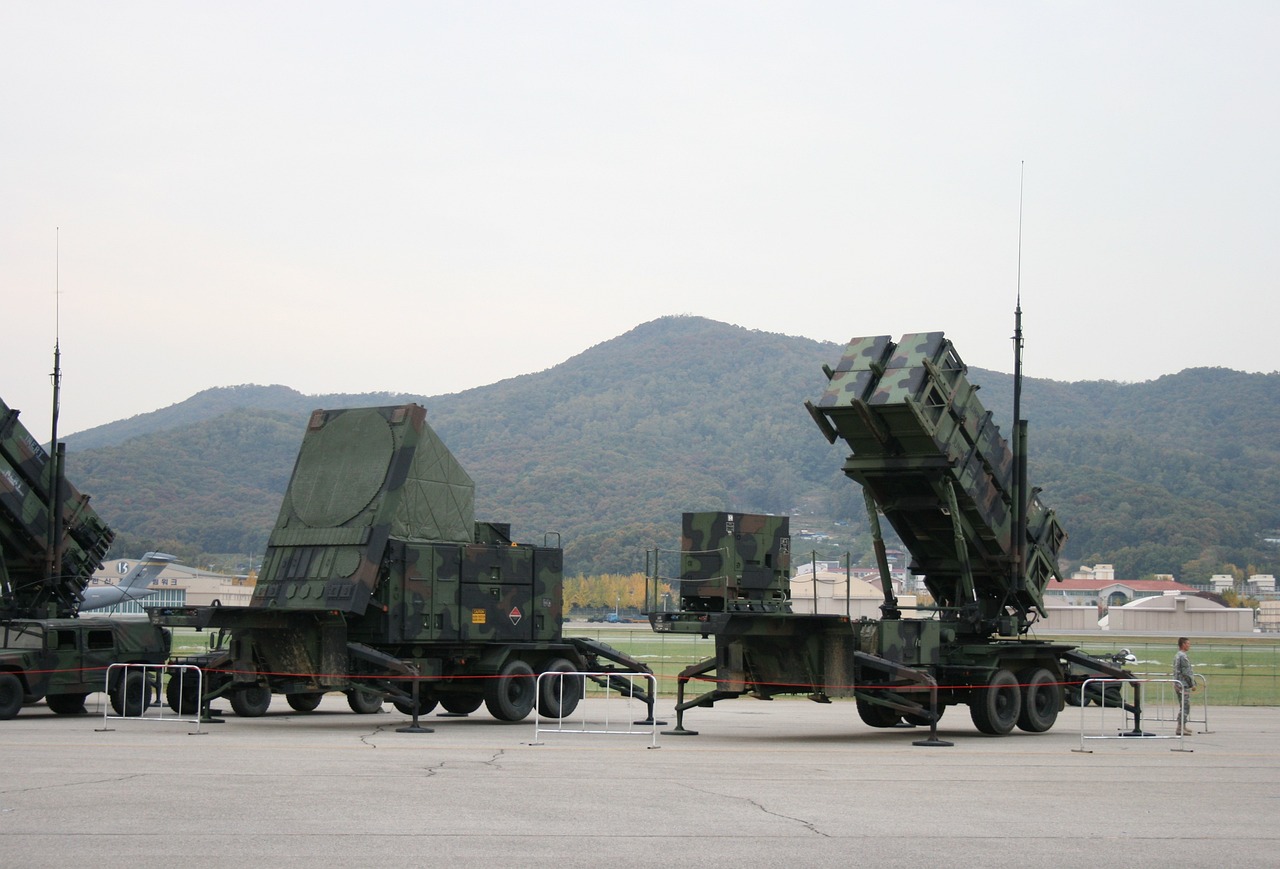This post is also available in:
 עברית (Hebrew)
עברית (Hebrew)
Quantum mechanics has revolutionized science, exploring phenomena that cannot be explained through the laws of classical physics. Quantum sensing promises to revolutionise several areas for the military, from providing highly accurate positioning data to detecting submarines in oceans.
Two or more quantum bits, or qubits, can be entangled as the measurement on one instantaneously determines the outcome of the other. These are often referred to as their “nonintuitive” properties, which are key to quantum sensing.
“Quantum sensing uses some nonintuitive properties of nature to measure things like time, magnetic fields, gravity, or acceleration,” explains Paul Kunz, a scientist at the US Army Research Laboratory.
Cesium is used for atomic clocks and provides the primary standard for the definition of the second in the International System of Units. Rubidium can also be used for highly precise atomic clocks, and although it is considered less accurate than cesium it is inexpensive and more widely adopted.
“Because all cesium atoms or rubidium atoms are identical, they are not only very precise but their frequencies are all the same,” says Kunz. “These nonintuitive properties have applications in timekeeping and positioning, since they are used for GPS. They are also used for magnetometers that can detect submarines or munitions.”
Quantum sensors can also directly measure acceleration or rotation, which can be used to determine position in places where GPS is denied – but as yet these are still research efforts.
Continuing research work has shown how entanglement can provide quantum networks with the ability to transmit quantum information with “unparalleled security” – qubit systems cannot be copied without fundamentally disturbing them – as well as applications for sensing and metrology.
In October 2018, the US Army Research Laboratory revealed work it had carried out using Rydberg atoms – an atom excited to high energy levels – for electric field sensors and communication receivers.
Quantum light sources are another research area for Kunz’s team, it differs from other research as it looks at the “very basic building block” that could be used in a number of potential technologies. Some of the envisioned applications are related to quantum communication (secure communications), quantum simulation, and quantum computation.
“Again, this is at the cutting edge of scientific research,” he says. “We need to understand how the geometry (topology) of optical circuits affects their operation at a quantum mechanical level, i.e. a single photon of light at a time.”


























